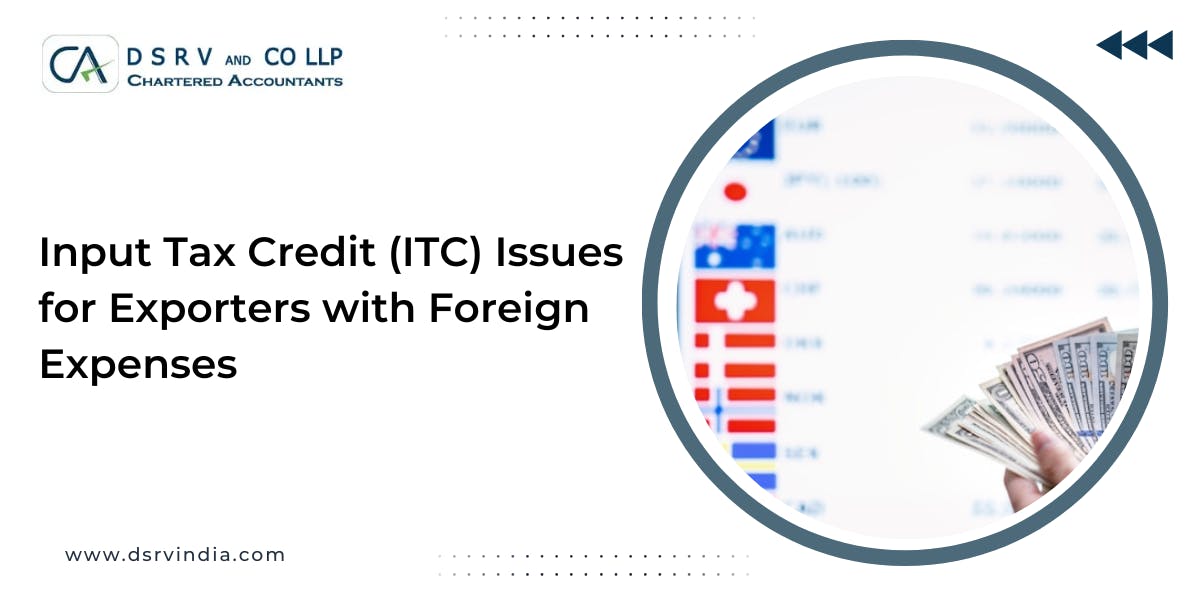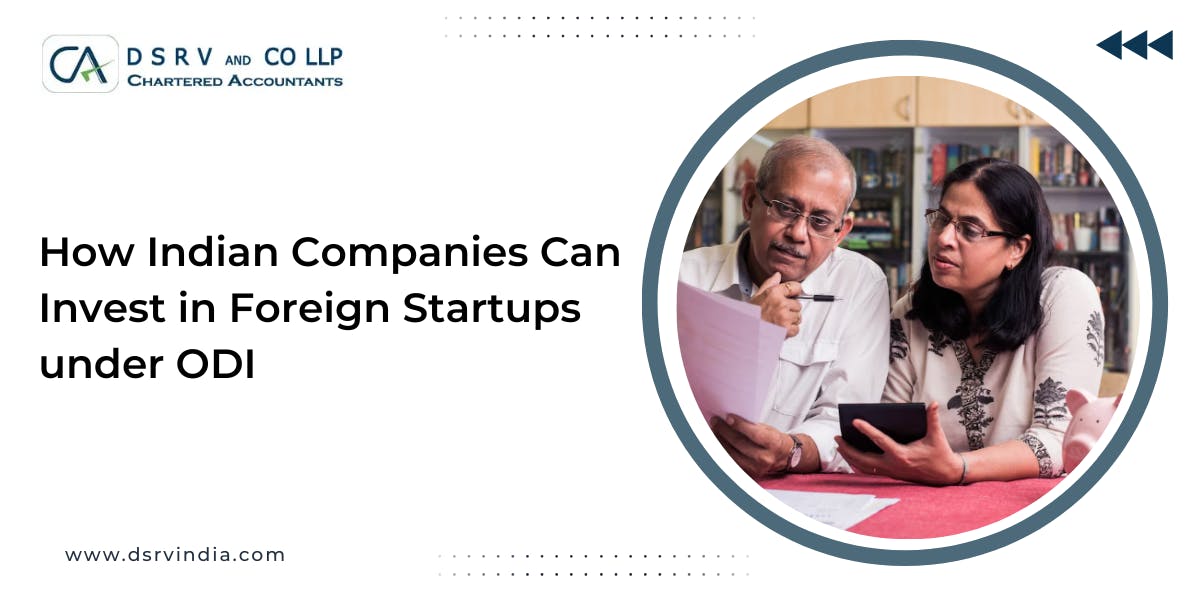Read Also: Demystifying Onshoring The Offshore With International Financial Services Centre
Online Procedure of Form 15CA Submission
The online procedure of form submission is quite simple. It involves:
Step One: Log in
Log into the official portal of the income tax department at www.incometax.gov.in .
Step Two: Add your Chartered Accountant
Add your Chartered Accountant within the “Authorised Partners” tab by clicking on “My Chartered Accountant (CA) from the drop-down menu. Add your Chartered Account by clicking on the “Add CA” option. Fill in the required membership number of your CA after the following and click on “Add” once you have filled out the number. After your Chartered Accountant confirms the request, we can proceed with the next step.
Step Three: Filling out the Form
After completing the prior steps, go to the “E-file” tab, followed by the options “Income Tax Forms” and “File Income Tax Forms”. After clicking on this option, you will be redirected to the “File Income Tax Forms” page. Click on the “Others” option and choose the Form No. 15CA. You can alternatively look for the option by looking it up in the search box.
After reaching the “Instructions” page, read every detail carefully before clicking on “Let’s Get Started”. Select the “Mode of Submission” online and fill in the Financial Year below in the drop-down menu. Now, move on to the next part of the process by selecting either of the four parts of the form.
Online Procedure of Form 15CB Submission
For this form, the first two steps are the same. Let us understand each step carefully:
Step One: Log In
You will be required to go to the official website and log in to www.incometax.gov.in.
Step Two: Add Your CA
You will need to add your chartered accountant. After your chartered accountant successfully confirms the request, we can proceed to fill up the form 15CB.
Step Three: Fill out the Form
Go to the “E-file” Tab, followed by the options “Income Tax Forms” and “File Income Tax Forms” again. Similarly, after clicking on this option, you will be redirected to the “File Income Tax Forms” page. Choose the Form No. 15CB this time and click on “File Now”. There will be different options given: online, offline/bulk upload and manual. Select the online option and fill in the details. After filling in the details, upload the Digitally Signed Certificates of the Chartered Accountant and submit the form. Once submitted, it can be viewed and downloaded under the E-file Tab again.
Offline/Bulk Mode Submission For Form 15CA and Form 15CB
On the official website, there is an option to submit the form through offline/bulk mode. The steps are simple. After you finish filling up the essential details, you can access the form from the “Downloads” section on the Income Tax Forms page.
Prepare individual XML files for the Remitter, Remittee and the Chartered Accountant (CA). After all the files are prepared, submit them in bulk/offline mode by zipping the files into one folder. You also need to submit a Digital Signature Certificate (DSC) by the CA along with this.
After submission, you will receive a token number to check the status of your submission. You can check it on the “View Form Offline/Bulk” option available in the “e-File” tab. If the status fails, then you will be required to re-upload all documents with the necessary corrections.
Read More: How Tax On Foreign Remittance In India Impacts You?
Conclusion
It is now clear that according to the type of remittance, you will be required to fill out the forms. By knowing all steps and keeping your documentation prepared beforehand, you will be able to fill out the forms with ease.
Do you need a Chartered Accountant for your form? Then contact DSRV India, the top GST consultant in gurgaon!








